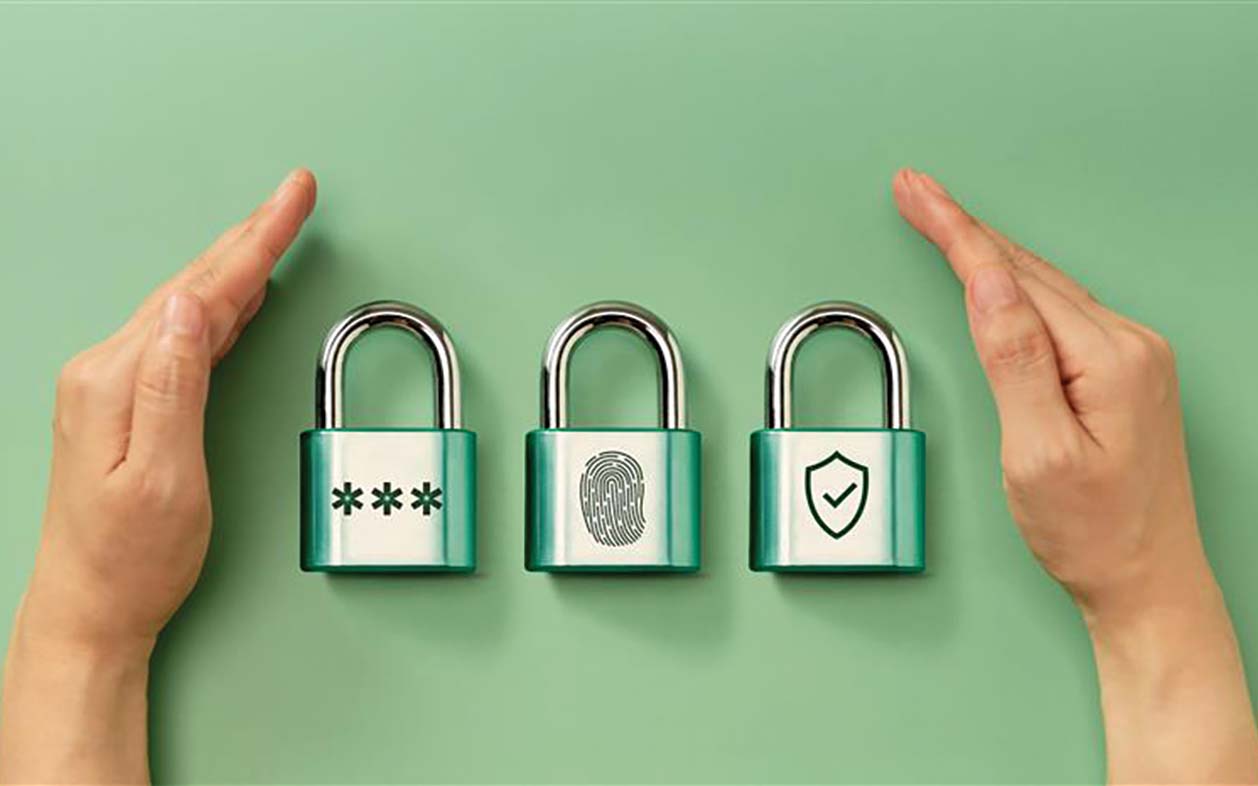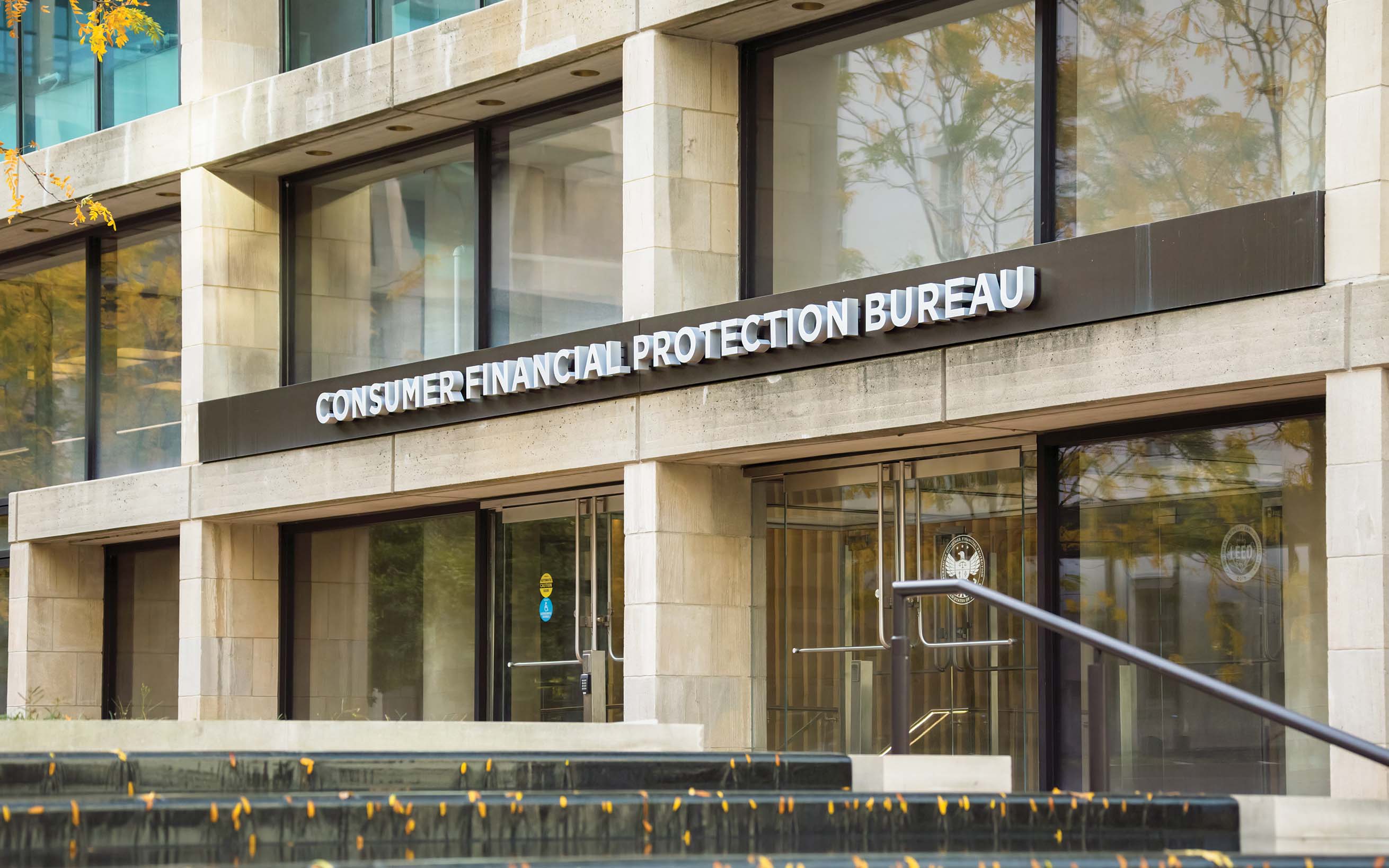While social distancing measures may be eased in many areas, they’ve had a large effect on branch security over the past year. Here’s what to look for when doing a physical security assessment to account for the latest trends in customer—and criminal—behavior.
Your 2021 physical security assessment checklist
July 01, 2021 / By Elizabeth Judd
While social distancing measures may be eased in many areas, they’ve had a large effect on branch security over the past year. Here’s what to look for when doing a physical security assessment to account for the latest trends in customer—and criminal—behavior.
Since the pandemic, a physical security assessment of a community bank’s branches is no longer the proverbial checking of doors and drawers. It has become an exercise in understanding how new patterns of foot traffic and behavior affect branch security.
Quick Stat
60%
The drop in violations of federal bank crime statutes between 2009 and 2019
Source: FBI
Crime numbers are down, but that’s largely because banks have done an excellent job taking security to heart. According to the latest FBI statistics, there were 2,440 violations of federal bank crime statutes from Jan. 1 until Dec. 31, 2019. This may sound troubling, but the number of incidents is dramatically lower than even a decade earlier in 2009, when the FBI cited 6,062 violations.
For community banks examining their security practices, here are some key areas to review.
Surveillance
Before the pandemic, some banks asked customers to remove their hats and sunglasses so surveillance cameras would pick up identifying information, says Bill Wayland, banking vertical vice president at ADT Commercial in Boca Raton, Fla.
“Make sure that video surveillance coverage is modified to accommodate distancing and the potential sprawl or increased scope of customer lines.”—John Friedlander, Kroll
“Nowadays,” he says, “people may have sunglasses and a hat, but they’ll also have a mask, so you’ll have less information.”
John Friedlander, associate managing director of security risk management at Austin-based Kroll, says social distancing often results in customer lines extending outside the view of tellers and even beyond the traditional bank footprint. “Make sure that video surveillance coverage is modified to accommodate distancing and the potential sprawl or increased scope of customer lines,” he adds.
ATMs and ITMs
Mike Neugebauer, security consultant and senior business development manager at Milwaukee-based Johnson Controls, says the latest ATMs and ITMs, or interactive teller machines, boast improved security. Some machines have three separate cameras: one trained on the customer, one on the keyboard and one on the cash dispenser. He says some states have ATM lighting laws and that the Bank Protection Act dictates that these machines be “clear of bushes” and other physical types of cloaking to discourage robberies.
Branch design
Neugebauer says as branch footprints shrink, the placement of teller pods or windows becomes more critical. Tellers should be located at the back of a branch, because it discourages robbers in search of a speedy getaway, he adds.
Rebecca Cicarelli, vice president of marketing and communications for Bethel, Conn.-based BranchServ, says urban or rural bank locations—especially those with quick access to a highway—are most vulnerable to crime. Some banks in these areas are installing secure entry portals, which have two sets of doors, the second of which locks if a weapon is detected, acting as “a man trap.”
Drive-up windows
According to Wayland, before the pandemic, 40% to 50% of branch transactions took place at drive-up windows, compared with 90% to 95% today. Top-notch security here consists of cameras that capture license plate information, as well as two-way video so that tellers and customers see each other.
Since the pandemic, there has been a surge of crime at ATM and ITM installations, Cicarelli says. She cites a new type of robbery called “hook and chain,” in which thieves use a pickup truck in the middle of the night as a battering ram to try to break open a bank’s ATMs or ITMs.
Video surveillance is the best deterrent to this type of crime, as is publicizing the fact that robbers attempting such bold maneuvers will almost certainly get caught. “The hope,” she says, “is that if we shed enough light on the fact that you’re not going to get away with this, it will diminish.”
Cash recyclers
Cicarelli says the latest evolution of cash recyclers can inventory and count cash within the recycler itself, which means that tellers no longer need to walk across the branch, carrying cash to a vault.
“Cash recyclers have proven that they don’t increase the chance of robbery and may even help with internal theft,” Neugebauer says.
ID verification processes
Verifying vendors and delivery people can be more difficult when everyone is masked, Wayland says. For this reason, ADT Commercial insists all technicians wear branded shirts, carry badges and inform branch employees of their arrival time.
In addition, Cicarelli says new touchless access controls and biometrics make verification more reliable.
Staff training
“Training staff members is a great opportunity to find out where they feel vulnerable,” Friedlander says. “Sometimes it’s exterior conditions; they may experience inadequate lighting when they leave at night, or they may indicate that the opening procedures need to be modified for better security.”
He recommends that security training take place once a year at a minimum, but preferably every six months or quarter.
Neugebauer says new video systems can use heat mapping technology to analyze whether customers are using marketing kiosks and can let you know how long customers are standing in line. Today’s security, he says, offers a wealth of new data and is not just an added expense, but “an asset,” too.
Subscribe now
Sign up for the Independent Banker newsletter to receive twice-monthly emails about new issues and must-read content you might have missed.
Sponsored Content
Featured Webinars
Join ICBA Community
Interested in discussing this and other topics? Network with and learn from your peers with the app designed for community bankers.
Subscribe Today
Sign up for Independent Banker eNews to receive twice-monthly emails that alert you when a new issue drops and highlight must-read content you might have missed.
News Watch Today

Join the Conversation with ICBA Community
ICBA Community is an online platform led by community bankers to foster connections, collaborations, and discussions on industry news, best practices, and regulations, while promoting networking, mentorship, and member feedback to guide future initiatives.













